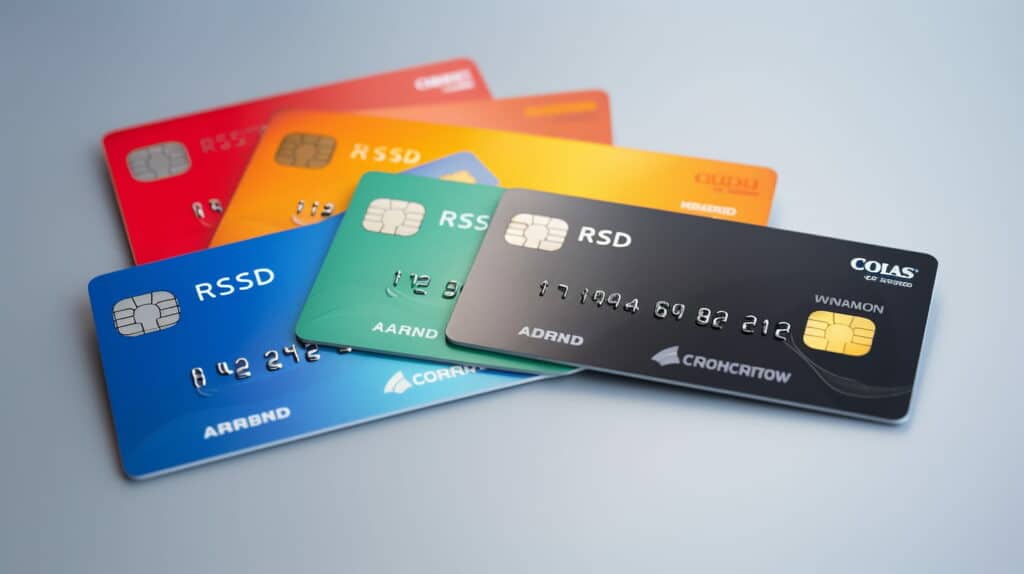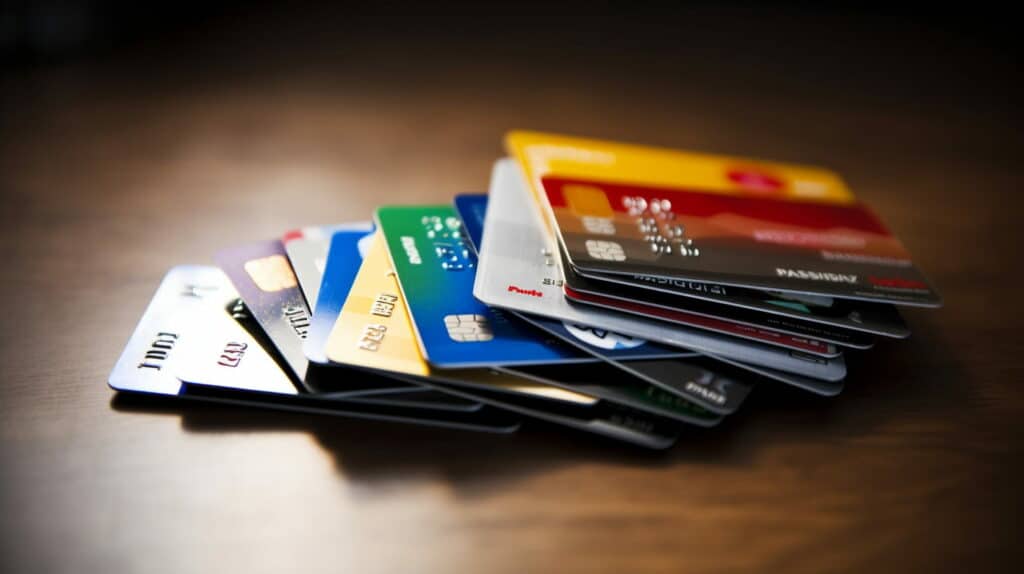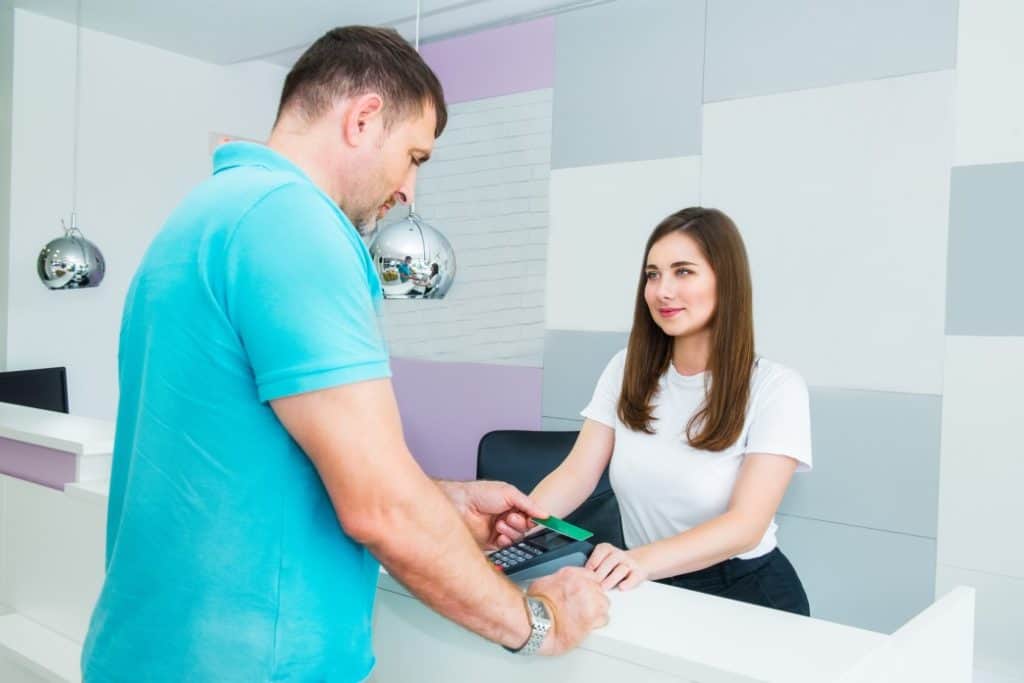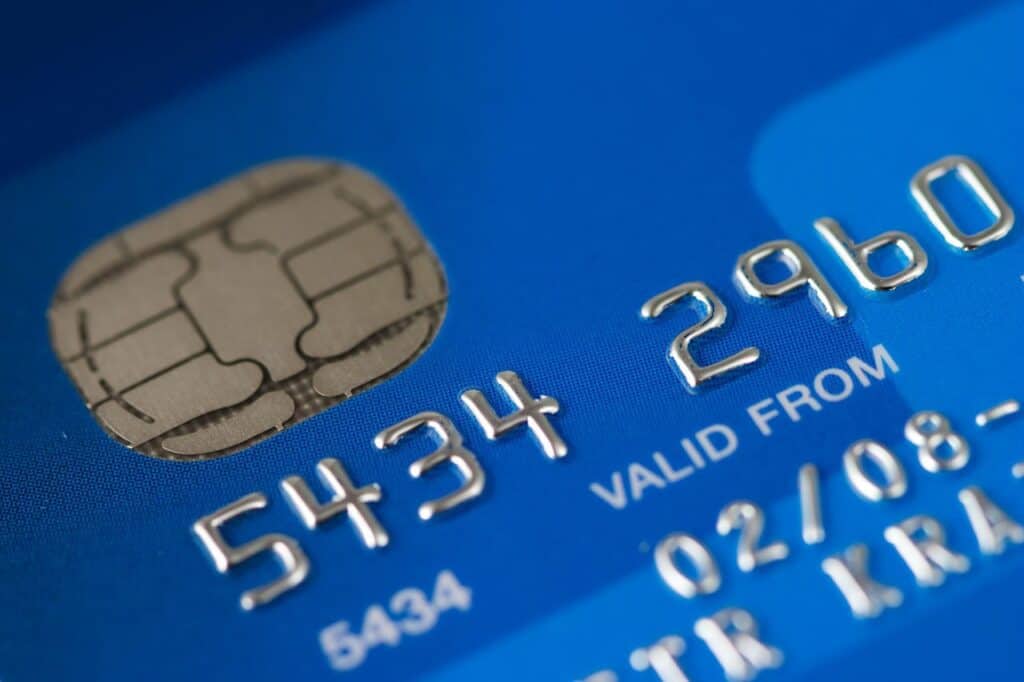What is a CVV and Security Code on Credit Cards?
When it comes to online shopping, credit card security is of utmost importance. In addition to providing personal information such as card numbers and billing addresses, credit card companies have implemented an extra layer of security in the form of a CVV and Security Code.
The Card Verification Value (CVV) and Security Code on credit cards are meant to prevent fraud and protect customers from unauthorized transactions. These codes are required when making purchases online and act as a verification method to ensure that the person making the purchase is the actual cardholder.
Key Takeaways:
- The CVV and Security Code on credit cards are essential for secure online transactions.
- The CVV code is a 3-or 4-digit number located on the back of the card, while the Security Code is a 3-digit number located on the front.
- Protecting your CVV and Security Code is crucial for safeguarding your credit card information.
Understanding CVV (Card Verification Value)
When making purchases with a credit card, you may be asked to provide the CVV code. But what exactly is it? The CVV, or Card Verification Value, is a security feature that helps ensure the card is being used by the rightful owner and not someone who has stolen the card information.
The CVV code is typically a three-digit number located on the signature strip on the back of the card for Visa, Mastercard, and Discover, or a four-digit number located on the front of the card for American Express. The code is not stored on the magnetic stripe or the chip of the card, making it more difficult for fraudsters to obtain.
The purpose of the CVV is to provide an additional layer of security for online transactions where the cardholder is not present. This code is often required when making purchases on e-commerce sites or paying bills online. By requiring the CVV, merchants can verify that the person making the purchase has the physical card in their possession.
Importance of CVV in Online Transactions
When making online purchases, the CVV code plays a critical role in ensuring the security of the transaction. The CVV code is a three or four-digit number located on the back of a credit card (or front for Amex) and is designed to protect against fraudulent activity.
The CVV code is not stored by the merchant or the payment processor, so it cannot be stolen through a data breach. By asking for the CVV code, the merchant can confirm that the person making the purchase has the actual physical card in their possession, which reduces the risk of fraudulent transactions.
Security Code on Credit Cards
Credit card companies use various security measures to protect their clients from fraud. One of the most important is the Security Code on credit cards, also called the Card Verification Code (CVC) or Card Verification Value (CVV2).
The Security Code is a three-digit number (or four digits in the case of American Express) located on the back of the card, usually to the right of the signature box. It is different from the card’s magnetic strip and cannot be obtained through skimming or other forms of theft. Its purpose is to verify that the person making the purchase has the physical card in their possession and is authorized to use it.
When making an online purchase, merchants will ask for the Security Code in addition to the card number, expiration date, and billing address. This provides an extra layer of protection against fraudulent transactions.
Security Code on Visa Cards
The Security Code on Visa cards is also known as the Card Verification Code (CVC) or Card Verification Value (CVV2). It is a three-digit number located on the back of the credit card, usually in the signature strip. Some Visa cards may have the code on the front.
The Security Code on Visa cards is an important security feature used to authenticate and validate online transactions. It helps to ensure that the cardholder is the one making the purchase and that the card is not being used fraudulently. The code is not embossed on the card and cannot be obtained by copying the card’s magnetic stripe or by visually inspecting the card.
What is the Format of the Security Code on Visa Cards?
The format of the Security Code on Visa cards is a three-digit number. The number is typically printed in black, but it may appear in blue or red on some cards. The Security Code is not the same as the card’s PIN number used for ATM transactions.
When making an online purchase using a Visa card, the merchant may require the Security Code as part of the transaction process. The code is usually entered into a field labeled “Security Code” or “CVV/CVC/CID” during the checkout process.
It is important to keep the Security Code on Visa cards safe and secure, just like the CVV number. Never share this code with anyone, and ensure that it is not written down or saved on any device or computer that can be accessed by unauthorized individuals.

Importance of Security Code for Secure Online Payments
The security code on credit cards plays a crucial role in ensuring secure online payments. It is an additional layer of security that protects against unauthorized use of credit card information.
While the CVV code is used primarily for online transactions, the security code on credit cards (also known as the card verification code or CVC) is used for all types of transactions, including in-person purchases and phone orders. The security code is a three or four-digit number printed on the back of the card (for Visa, Mastercard, and Discover) or on the front (for American Express).
Because the security code is not stored in the magnetic stripe or chip of the card, it cannot be easily accessed by potential fraudsters. This means that even if someone is able to steal credit card information, they will not be able to complete transactions without the security code.
To ensure maximum security, it is important to keep the security code confidential and not share it with anyone. Additionally, it is recommended to regularly monitor credit card statements and report any suspicious activity to the issuing bank or credit card company as soon as possible.
Difference Between CVV and Security Code
While the terms CVV and Security Code are often used interchangeably, there are important differences between the two. The CVV, or Card Verification Value, is a three-digit code that appears on the back of credit cards. It is used primarily for online transactions to verify that the person making the purchase has the physical card in their possession. The Security Code, on the other hand, is a four-digit code that appears on the front of American Express cards and on the back of most other credit cards. It is used to verify the card’s authenticity and protect against fraud.
Another key difference between the two codes is their usage. While the CVV is typically required for all online transactions, the Security Code may not always be necessary. Some online retailers may require it, while others may not. Additionally, the Security Code is often used for in-person transactions, while the CVV is not.
It is critical to understand the difference between the two codes and their individual purposes to ensure that your credit card information is protected. Never share your CVV or Security Code with anyone, and only enter these codes when making secure transactions on reputable websites.
Tips for Protecting CVV and Security Code
Protecting your CVV and Security Code is crucial for ensuring secure online shopping transactions. To safeguard your credit card information, consider the following tips:
- Never share your CVV or Security Code with anyone: Your CVV and Security Code are confidential and should only be used by you. Avoid giving out this information to others, especially over the phone or via email.
- Use a secure payment gateway: When shopping online, ensure that the website uses a secure payment gateway. Look for the lock icon in the URL bar and the “https” before the domain name, indicating that the website is SSL-encrypted.
- Keep your computer and mobile devices secure: Install anti-virus and firewall software on your devices and keep them updated. Avoid using public Wi-Fi hotspots, as they are often not secure and can expose your sensitive information.
- Monitor your transactions: Regularly review your credit card statements and transaction history to spot any unauthorized charges. Report any suspicious activity to your bank immediately.
- Destroy old credit cards: Always destroy any old credit cards before disposing of them to prevent unauthorized use. Cut the card into multiple pieces, including the magnetic strip and any chips.
By following these tips, you can help protect your CVV and Security Code and ensure a safe and secure online shopping experience.
Fraud Prevention Measures
Protecting your CVV and Security Code is important for preventing credit card fraud, but there are additional measures you can take to protect yourself.
First, monitor your credit card transactions regularly online or through your bank’s mobile app. If you notice any unauthorized transactions, report them to your bank immediately.
Second, be cautious when entering your credit card information on unfamiliar websites or responding to unsolicited emails or phone calls. Scammers may try to trick you into providing your credit card details, so always verify the legitimacy of the request before submitting any information.
Third, consider using virtual credit cards or disposable credit card numbers when shopping online. These services generate a unique credit card number that you can use for one transaction or a limited time period, reducing the risk of fraud if the number is compromised.
Finally, report any suspicious activity immediately to your bank or credit card company. Early detection and intervention can help prevent further fraud and limit any financial losses.
Section 10: Conclusion
Understanding and safeguarding the CVV and Security Code on credit cards is paramount for a secure online shopping experience. These two codes serve different purposes: the CVV helps verify the legitimacy of a transaction while the Security Code protects against unauthorized use. By following practical tips such as not sharing your codes with anyone, regularly monitoring your transactions, and reporting suspicious activity, you can further protect yourself against fraud.
Remember, being aware of these security measures is just as important as implementing them. By educating yourself on how to safeguard your financial information, you can confidently navigate the online shopping world and make secure transactions.
FAQ
What is a CVV?
CVV stands for Card Verification Value. It’s a three or four-digit number found on credit and debit cards that adds an extra layer of security during online and phone transactions.
Where can I find the CVV on my credit card?
The CVV is typically located on the back of the card, next to the signature strip. On American Express cards, it’s a four-digit number on the front.
Is CVV the same as the security code?
Yes, the terms “CVV” and “security code” are often used interchangeably. They both refer to the same security feature on credit and debit cards.
Why is the CVV important?
The CVV helps verify that the person making a transaction has physical possession of the card, reducing the risk of fraud in card-not-present transactions.
Can I save my CVV for future transactions?
It’s generally not recommended to save the CVV. Most reputable merchants will not store this number to comply with payment industry standards.
What happens if someone steals my CVV?
If your CVV is stolen, it can be used for fraudulent online transactions. It’s essential to report the theft to your card issuer immediately and monitor your statements for any unauthorized activity.
Is it safe to give my CVV over the phone or online?
Giving your CVV to a trusted merchant over the phone or online is usually safe. However, you should always ensure that you are dealing with a legitimate and secure website or customer service representative.
Can the CVV be used for in-person transactions?
No, the CVV is typically only used for transactions where the card is not physically present, such as online or over the phone.
What should I do if I forget or can’t read my CVV?
If you can’t find or read your CVV, you may need to contact your card issuer for assistance or request a new card.
How does the CVV differ from the PIN?
While the CVV is used to verify online and phone transactions, the PIN (Personal Identification Number) is used to authenticate in-person transactions at ATMs or point-of-sale terminals.





